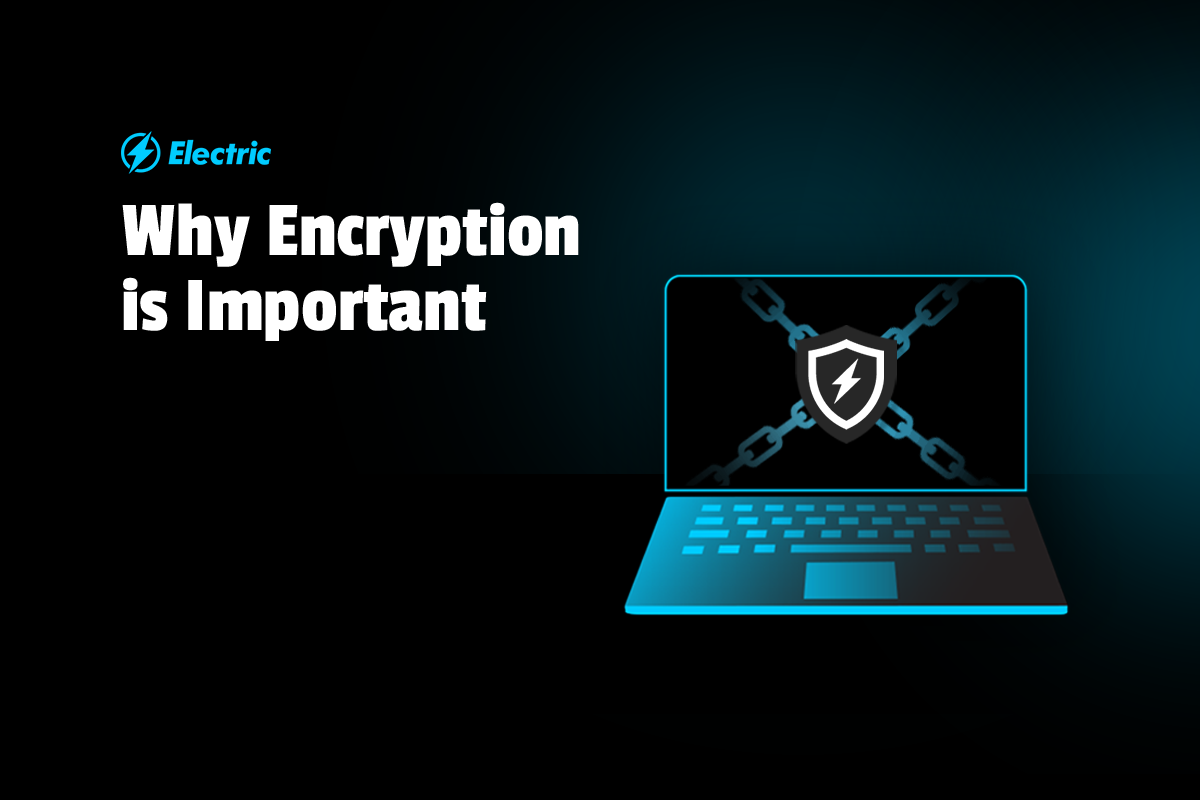Encryption Useful

Encryption is useful for several reasons, and it plays a crucial role in the realm of cybersecurity and information security. Here are some key reasons why encryption is considered essential:
-
Confidentiality:
- Encryption ensures the confidentiality of sensitive information by converting it into an unreadable and unintelligible form (ciphertext). Only individuals with the appropriate decryption key or credentials can convert the ciphertext back into its original, readable form (plaintext). This helps protect sensitive data from unauthorized access.
-
Data Security and Protection:
- Encrypting data provides an additional layer of security, protecting it from unauthorized access, theft, or tampering. This is particularly important for stored data on devices, databases, and cloud storage platforms.
-
Secure Communication:
- Encryption secures communications over networks, ensuring that transmitted data remains confidential and is not intercepted by unauthorized parties. Protocols like HTTPS, SSL/TLS, and VPNs use encryption to protect data exchanged between users and websites or between networked devices.
-
Identity Verification:
- In asymmetric encryption (public-key cryptography), encryption keys are used for identity verification. Digital signatures, a form of asymmetric encryption, can verify the authenticity and integrity of messages, ensuring they were sent by the claimed sender and have not been altered during transmission.
-
Compliance with Regulations:
- Many industries and jurisdictions have regulations and compliance standards that mandate the protection of sensitive information. Encryption is often a requirement to meet these standards and ensure that organizations handle data responsibly and securely.
-
Preventing Data Breaches:
- Encryption helps mitigate the impact of data breaches by rendering stolen or intercepted data useless to unauthorized individuals. Even if attackers gain access to encrypted data, they would need the decryption key to make sense of the information.
-
Protecting Personal Privacy:
- Encryption safeguards personal and private information, including communications, financial transactions, and personal documents. It helps individuals maintain control over their sensitive data and prevent unwarranted intrusions into their privacy.
-
Securing Mobile Devices:
- Encryption is vital for securing data on mobile devices such as smartphones and tablets. In the event of loss or theft, encrypted data remains protected, reducing the risk of unauthorized access to personal or business information.
-
E-commerce and Online Transactions:
- Encryption is critical for securing online transactions and e-commerce activities. It ensures that sensitive information, such as credit card details, remains confidential during the payment process, reducing the risk of financial fraud.
-
Authentication and Access Control:
- Encryption is often integrated into authentication processes to verify the identity of users and ensure that only authorized individuals have access to specific resources or data. It helps enforce access control and restricts unauthorized users.
Overall, encryption is a fundamental tool in the field of cybersecurity, providing a robust and effective mechanism to protect sensitive information, secure communications, and maintain the privacy and integrity of data in various contexts.
Thank you,
